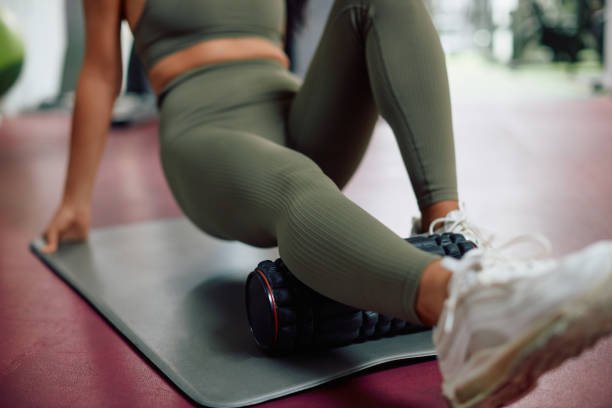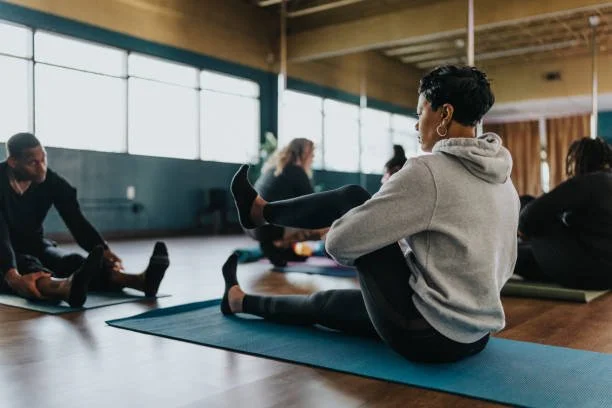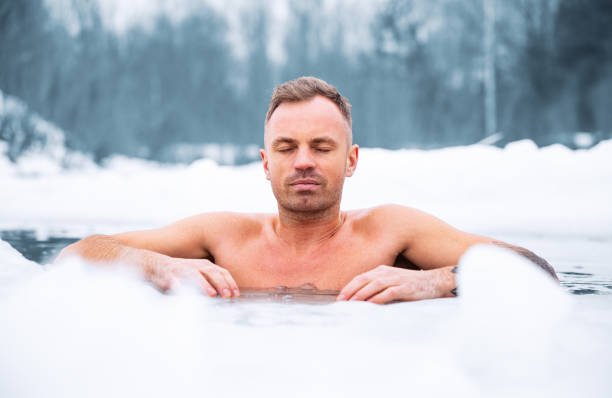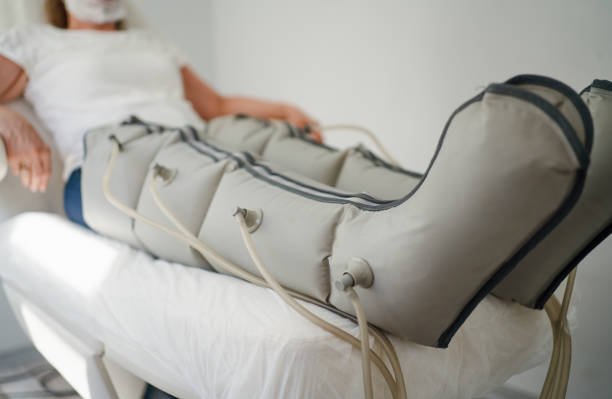Recovery Priorities
It’s fair to say recovery has become trendy. We now have access to countless recovery options, previously only accessible to elite athletes. These recovery options are things that may improve your recovery from exercise, reduce musculoskeletal pain, or reduce your injury risk. From a physio’s perspective, it’s fantastic to see people prioritise their health, and anything that supports someone being more active is a win.
So, I think it’s timely to look at the recovery options available to you, what they do for you, and how much of an effect you can expect. While we all respond to things differently, our primary needs as humans remain constant.
What are the big-ticket items?
Sleep. The number one priority. If you aren’t getting enough sleep, other things won’t make up for it. Sleep is crucial for your tissues (bone, muscle, tendon, ligament, cartilage, nerves, skin) to repair from the days stresses and prepare for tomorrow. We all need a different amount of sleep - evidence seems to point to 7 or 8 hours as a minimum average sleep. While you aren’t going to sleep perfectly every night, thankfully it seems a good sleep can make up for a bad sleep. Make it a priority.
Stress management. High stress is associated with higher cortisol levels in your blood, which impairs tissue recovery, meaning it will take longer to recover from exercise, will make you more likely to injure yourself, and make you more likely to feel pain. Not good. Spending intentional time to wind down, chill out, de-stress can come in a variety of forms; socialising, time in nature, daily sunlight, exercise, listening to music, mindfulness or meditation, speaking to a counsellor/psychologist; whatever works for you. We all know these things are good for you, and constant stress is bad, but it’s easy to dismiss the impact it has on us physically. Don't underestimate the impact of stress, whether that’s financial, relationships, work, or grief on how your body performs physically.
Nutrition & hydration. This could be a whole series of blogs, but I’m not the person to write it! The key is to ensure you have enough protein intake for repairing and building stronger tissues, and enough carbohydrates to replenish your energy stores. Also, re-hydrating following exercise (even in cold temperatures and swimming) is important to replace fluid lost through sweat and support the clearance of waste products in your muscles.
Exercise. An active recovery increases blood flow to tissues used in exercise and is proven to reduce post exercise soreness. This can be anything active and low intensity; swimming, stretching, Pilates, yoga, tai chi, or walking.
These are the big ones; these things are crucial for your body to function well. I suggest spending your time, energy, and money on getting these things right before you put effort into anything else.
Other things that can help?
Since the following recovery options work by optimising the above natural processes, they shouldn’t replace these things above. The following options have minimal side effects, so can be worth a try if you’re interested in an extra benefit.
Massage. This includes seeing a massage therapist, foam rolling, massage guns etc. Massage reduces muscle soreness and accelerates the clearance of post-exercise waste products in your muscles. Link to our massage blog 🙂
Infrared sauna. An infrared sauna replicates some of the effects of exercise, without exercising. There is a small amount of evidence it may improve high blood pressure, heart failure, dementia, headache, type 2 diabetes, and arthritis, however it’s too soon to say this conclusively.
Cold immersion. The research into cold immersion has been done on different groups, some being cold water swimmers, and some doing cold immersion. The suggested benefits are to cardiovascular health, metabolic health, and protecting against obesity. However, it’s unclear if this is due to the health benefits of winter swimming or the other behaviours of people doing cold immersion (often very active people). Ice baths are popular in some sports, which may be cultural (team bonding) or due to a sport specific benefit (reducing soreness in contact sports).
Supplements. Supplements can be useful, but this is a complex area. Supplements do not make up for a poor diet. If you are interested in which supplements will help you, speak with an accredited dietitian.
Compression therapy and hyperbaric chambers. Compression aims to improve blood flow to your targeted muscles, and hyperbaric chambers increase your oxygen levels. These aim to maximise the oxygen reaching your recovering muscles. Your body has finely tuned systems to direct blood flow to where it’s needed to deliver the required amount of oxygen. These therapies may provide a small acceleration in this process, but unless you have an issue with your circulation, it’s unlikely to be a game changer for you. People who benefit most from compression are people with lymphoedema, lipoedema, poor circulation; if your circulatory system works well, you probably don’t need to use compression therapy. It’s like taking a calcium supplement when you have a good amount of calcium available in your body. Hyperbaric chambers are the same, unless you have an issue circulating oxygen, you’re unlikely to see a significant improvement in your recovery.
What are some things that actively hinder your recovery?
Things to avoid (or at least understand the negative impact they’ll have): any alcohol intake, dietary inflammation (things like processed foods, foods with added sugar or salt, refined carbs, saturated fats), chronic stress, and sleep deprivation.
I’m not suggesting you need to have all parts of your life optimised, that would be unattainable and probably boring! But, if you eat ice cream and drink wine all night, it’s helpful to know you won’t recover well and may have higher levels of pain.
Similarly, if you’re working 14-hour days, your stress is high and your sleep is limited, make sure you’re nailing everything else. Eat well, schedule wind down time, and make sure you move.
The short version.
Eating well, sleeping well, moving daily, and managing stress are important. They are not new ideas but can be pushed aside in a busy life or when shiny well-marketed recovery options are around.
Hope this helps 🙂
